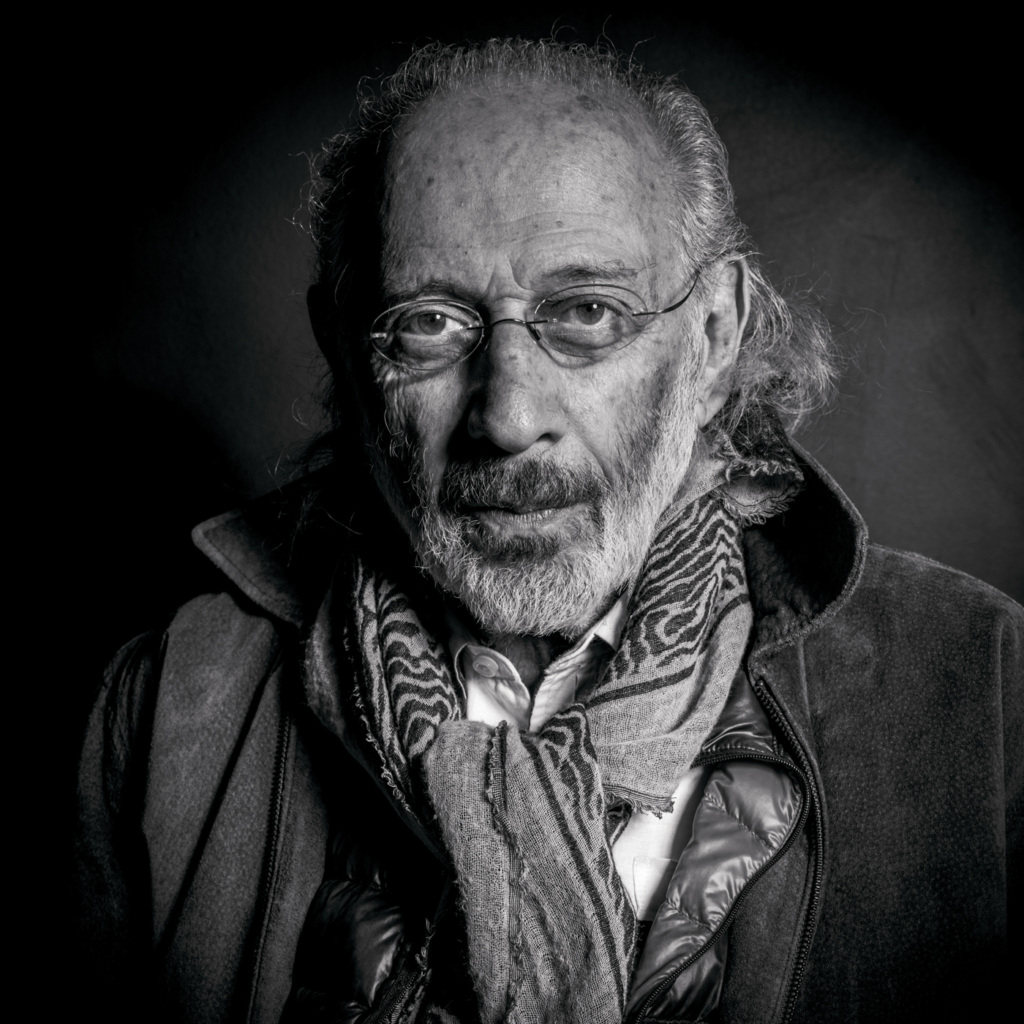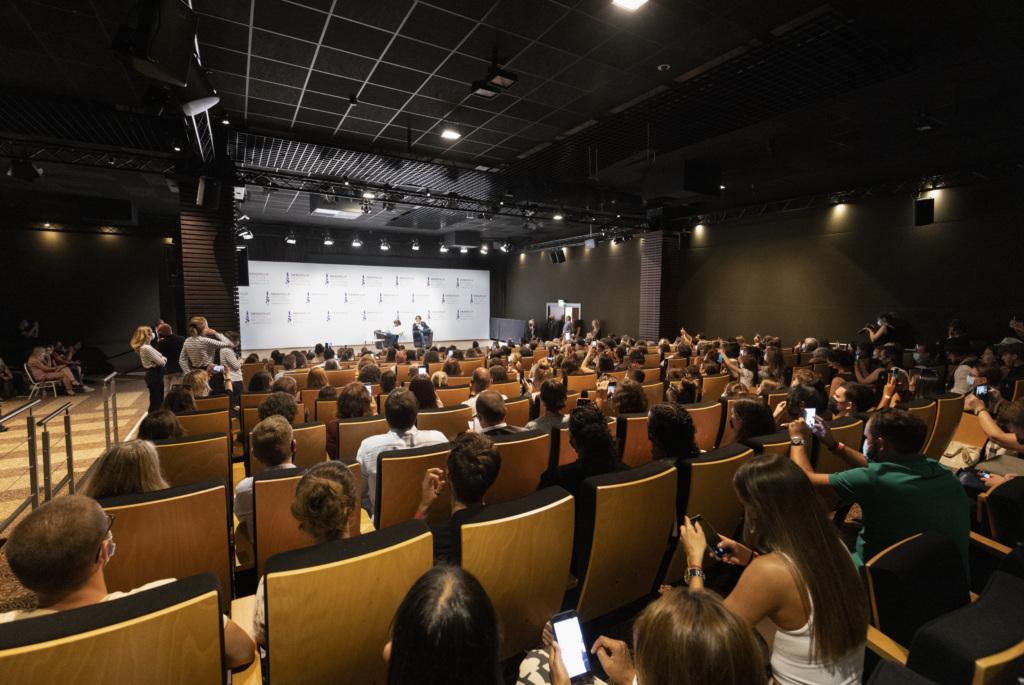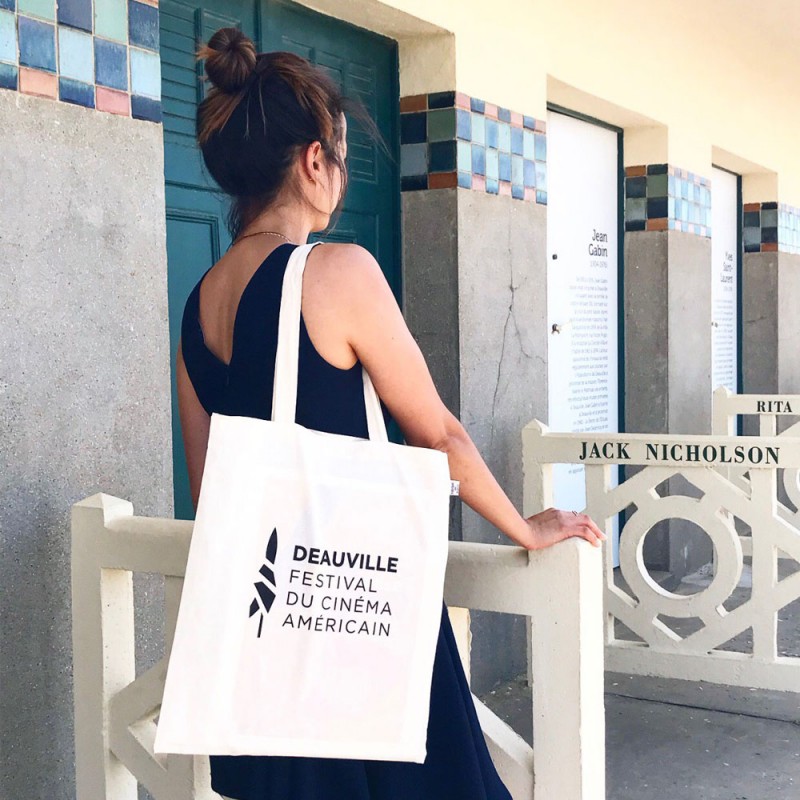Jerry Schatzberg
Photographer, Director , ScreenwriterAbout
Born in the Bronx, New York, he attended the University of Miami, worked as assistant to Bill Helburn (1954−1956), then started his career as a freelance photographer. His Fashion photography has been published in magazines such as Vogue, McCalls, Esquire, Glamour, Town and Country, and Life. After directing some TV commercials, he made his debut as a film director in 1970 with Puzzle of a Downfall Child, the story of a fashion model. Schatzberg scored with his second directorial effort, the gripping, finely acted The Panic in Needle Park (1971), a bleak study of heroin addiction starring Al Pacino. Pacino costarred with Gene hackman in his next film, Scarecrow (1973), a moody tale of two drifters which in many ways is an apotheosis of 70’s alienation and confusion. Perhaps significantly, Schatzberg’s critical following in the United States rose and fell with the 70’s; after 1979’s Seduction of Joe Tynan, the trend in Hollywood shifted from small introspective films to the Spielberg/Lucas blockbuster mentality. But Jerry Schatzberg never lost his European devotees, as witness the international success of 1989’s Reunion. Schatzberg won the Palme d’Or at the Cannes Film Festival with Scarecrow.
Jerry Schatzberg was one of the leading protagonists in the Hollywood Renaissance that struck critics and filmgoers alike at the beginning of the 70’s. He did not belong to any group, not the Italian-Americans (Coppola, Scorsese, De Palma, Cimino) nor the wonder kids of technological efficiency (Spielberg, Lucas). In fact, he is very much of a loner, comparable in his fierce independence to a Terrence Malick. This does not help to get wide recognition, the media being more attracted by groups, schools, clubs with cozy tags attached to them. Schatzberg is also very much a New Yorker and his home-base has always remained Manhattan, far away from the circle of Hollywood. Though very American in spirit and culture, he is much attracted to international cinema and it’s often more daring stylistic approach. Nothing shows this more than his first feature Puzzle of a Downfall Child with its fractured narration, its complex soundtrack and its mixture of present, flashbacks and fantasy shots. The film centers on the world he knew best, fashion photography and the woman who at the time was closest to him, Faye Dunaway, who plays the lead. Based on a complex script by Adrian Joyce (Carol Eastman), it is the study of a top model who has had her glory days but is now progressively shunned. The story comes from a confession made to him by his favorite model Anne St. Marie. His detractors thought that the choice of subject lacked imagination but the film was the reflection of his personal commitment and the expression of the true authorial voice. His twenty years working as a photographer is reflected in the dazzling visual flair of the movie, and the cinematic control of frame, light and editing is exceptional for a beginner. Puzzle of a Downfall Child, with its portrayal of a cover Girl in the midst of a mental breakdown also shows Schatzberg’s sensitivity to deeply wounded characters. This is also evident in his second film with the drug addicts in The Panic in Needle Park and the drifters in Scarecrow, his third. His subsequent films demonstrated a breadth of interest and a capacity to alternate very different moods from the car thief in Sweet Revenge, the Politician of The Seduction of Joe Tynan to the country singers of Honeysuckle Rose, and the hooker and pimp of Street Smart.
Reunion, written by Harold Pinter from Fred Ulman’s autobiographical Novella, is set in Stuttgart in 1932. It tells of the friendship of two sixteen-year-old boys: Hans, the son of a jewish doctor, and Konradin, a member of an old German aristocratic family. Years later, after the war, the older Hans (Jason Robards) on a trip back home remembers his youth and Konradin who betrayed his friend and chose to enter the Nazi party while Hans took the road of exile.
In many ways, the cinematic world of Schatzberg shows a striking continuity with his photography which leads, as we have seen, to Puzzle of a Downfall Child but also his landscapes, which are to be found in Scarecrow and Honeysuckle Rose, his street scenes which lead up to The Panic in Needle Park and Street Smart.
It was his portrait photography that taught him how to deal with actors. He realized that most people feared the photographer’s lens. To relax them, he would spend as much time with them as possible. Not only to know them better but to see beyond the surface and discover their true self, the one they hid from the outside world. Most of his great portraits of the sixties — Bob Dylan, Francis Ford Coppola, Andy Warhol, Arlow Guthrie, Roman Polanski, Fidel Castro, Miloš Forman, Jimi Hendrix, Frank Zappa, The Rolling Stones and many more, reveal these moments of truth.
By not giving specific directions to his photographic models, Schatzberg gave them rein to find the moment. It is the same way he gets actors to reach inside. In many ways, his photographic style is much closer to that of André Kertész or Henri Cartier-Bresson, then to the contemporary Irving Penn or Richard Avedon. Instead of the self-contained space of the frame, he looks for the space beyond. His photographs are narrative; they tell a story. In an instant, they recognize an action, a gesture, an emotion while at the same time they have a rigorous formal pattern that expresses their meaning. The style however, never manifests itself ostentatiously and never encroaches the fluidity of life.
All these qualities may be found in Schatzberg’s films. His focus has always remained on human relationships which made it more difficult for him to work in an industry devoted in the late seventies, the eighties and the nineties to special effects, car chases and adolescent comedies. His acute sense of people and places lend authenticity to the background in his films, as his actors work to create characters you think you know. Alan Alda has never been as good as in The Seduction of Joe Tynan, near-beginners like Stockard Channing in Sweet Revenge and Kitty Winn in The Panic in Needle Park did not find roles again of the same dimension. Faye Dunaway, Al Pacino, Meryl Streep and Morgan Freeman have been at the top of their form in his films. Asked about his favorite performance, Gene Hackman answered in Film Comment: “Scarecrow, it’s the only film I’ve ever made in absolute continuity and I was allowed to take all kinds of chances and really build my character”.
In more than fifty years of photography and cinema, Schatzberg has achieved a delicate balance between refined form of mise-en-scene and the rendering of true moments. He has a particular gift to restrain the emotions only to make their release more powerful and to avoid the obvious by suggesting rather than by underlining. He makes us feel, something that is too often missing in contemporary American cinema: an adult and mature artist, dealing with adult and mature themes and characters.
Michel Ciment
2000 The Day the Ponies Come Back *
1995 Lumière and Company – doc
1989 Reunion
1988 Blood Money – TV
1987 Street Smart
1984 No Small Affair
1984 Misunderstood
1980 Honeysuckle Rose
1979 The Seduction of Joe Tynan
1976 Sweet Revenge
1973 Scarecrow
1971 The Panic in Needle Park
1970 Puzzle of a Downfall Child *
* Également scénariste Also screenwriter


I’m booking my place !
Join us to follow the competition and meet the guest talents of the Festival!
